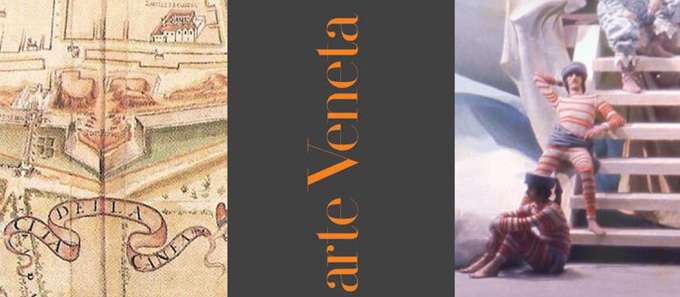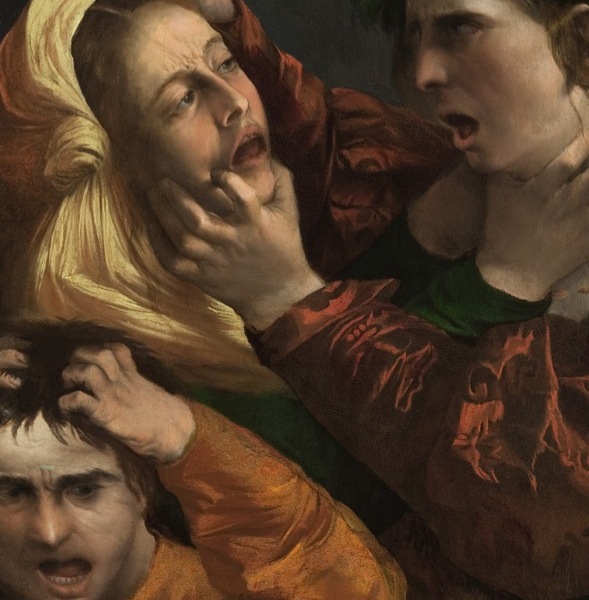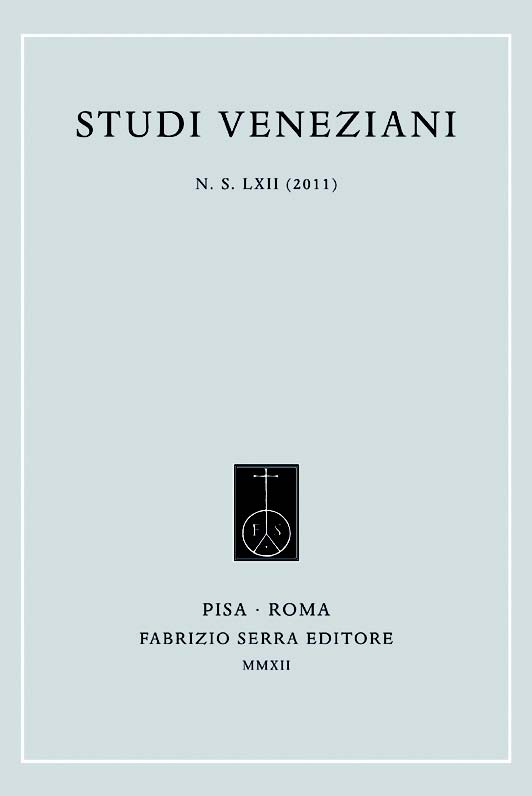The book launch series dedicated to the latest Fondazione Giorgio Cini publications resumes in September.
The first presentation on 15 September will feature the recent volumes of Studi Veneziani, the prestigious journal edited by Institute for the History of the Venetian State and Society. As usual, the journal includes articles on Venetian and Veneto culture, history, politics and art, including a long essay by François-Xavier Leduc on the Venetian aristocracy’s management of their property from the 14th century on.
On 7 October the latest issue of Arte Veneta will be unveiled. For the sixtieth anniversary of the creation of the Institute Art History, the journal, which was founded in 1947 under the presidency of Giuseppe Fiocco with Rodolfo Pallucchini as academic director, will have a revamped editorial and graphic look with more lavish colour illustrations to accompany the fascinating academic articles. The themes dealt with range from the Trecento to the Settecento, and include some important new findings. A very useful new feature, as of this issue, is the free downloadable e-book of the “Bibliography of Veneto Art”.
Lastly, on 29 October the highlighted book will be Luigi Squarzina. Studioso, drammaturgo e regista teatrale, the proceedings from an international conference held at the Fondazione Giorgio Cini from 4-6 October 2012 in collaboration with the Accademia Nazionale dei Lincei. Four years after Luigi Squarzina’s death, the writings collected in this book provide the opportunity to commemorate his life and art by exploring his various multifaceted aspects.



